In 2025, spatial computing—blending augmented reality (AR), virtual reality (VR), and mixed reality (MR)—is transforming India’s $400 billion manufacturing sector (IBEF, 2024). With 100,000 startups driving innovation (MSME Ministry, 2024) and 70% of India’s population embracing digital solutions (Knight Frank, 2024), spatial computing applications enhance factory efficiency, worker training, and product design. From Pune’s automotive hubs to Bengaluru’s tech ecosystems, these technologies align with India’s Digital India initiative and 3,500 IGBC-certified green projects (FICCI, 2024).
Why Spatial Computing Matters for Manufacturing in 2025
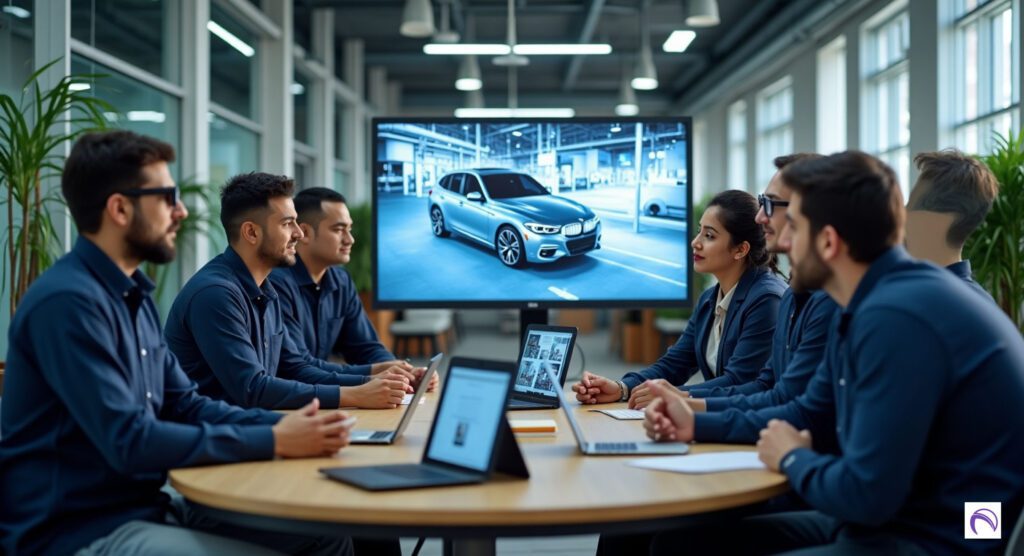
Spatial computing integrates digital and physical worlds, enabling real-time visualization, collaboration, and decision-making. In India, where 63 million MSMEs contribute 30% to GDP (MSME Ministry, 2024) and 23,158 cyber incidents were reported in 2023 (CNBC TV18, 2024), spatial computing streamlines operations, reduces errors, and enhances cybersecurity. With a 6.5% GDP growth rate (UJA, 2025) and 60.1% digital inclusion (RBI, 2024), applications like AR-guided assembly or VR prototyping cut costs by 20% and improve productivity by 25% (Economic Times, 2024). These solutions are critical for India’s Make in India initiative, targeting $1 trillion in manufacturing exports by 2030 (IBEF, 2024).
As a spatial computing expert, I’ve advised manufacturers on immersive technologies. This guide explores seven key applications of spatial computing in manufacturing for 2025, offering actionable insights for adoption.
Key Spatial Computing Applications in Manufacturing
1. AR-Guided Assembly and Maintenance
Augmented reality overlays digital instructions on physical equipment, reducing assembly errors by 30% (FICCI, 2024). In Pune’s automotive plants, AR headsets like Microsoft HoloLens (₹2.5–3.5 lakh, Microsoft, 2025) guide workers in real-time, improving efficiency in Tata Motors’ assembly lines.
Actionable Tip: Explore AR solutions at microsoft.com/hololens.
2. VR Training Simulations
Virtual reality training immerses workers in simulated factory environments, cutting training time by 40% (Economic Times, 2024). In Bengaluru, VR platforms like Oculus Quest (₹30,000–₹50,000, Meta, 2025) train workers on complex machinery, reducing accidents in 63 million MSMEs.
Actionable Tip: Source VR headsets at meta.com/quest.
3. Digital Twin Modeling
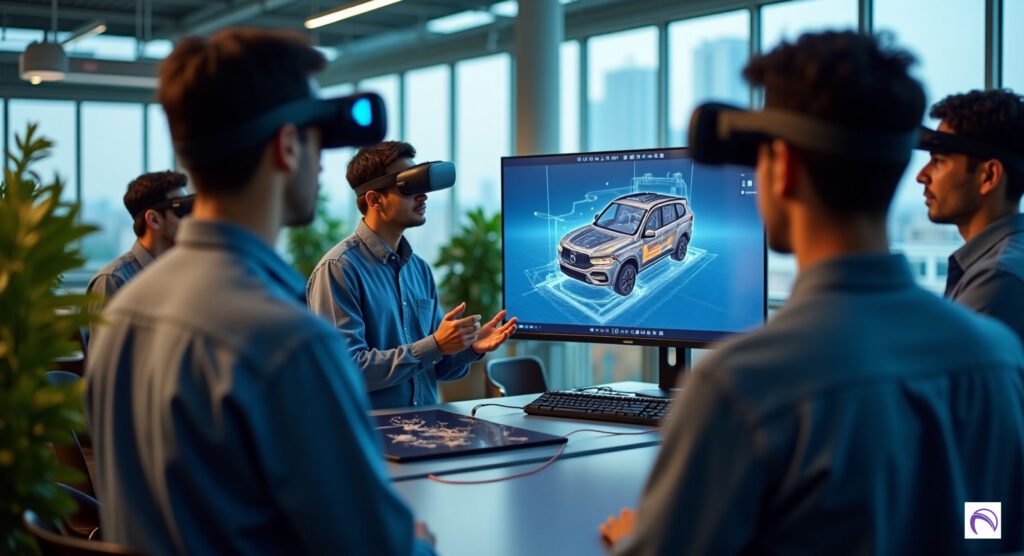
Digital twins—virtual replicas of physical assets—enable real-time monitoring and predictive maintenance. In Gujarat’s chemical plants, digital twins on AWS (₹1–2 lakh/month, AWS, 2025) predict equipment failures, saving 15% on downtime costs (FICCI, 2024).
Actionable Tip: Implement digital twins via aws.amazon.com/iot-twinmaker.
4. Spatial Design and Prototyping
Spatial computing enables 3D product design in VR, reducing prototyping costs by 25% (Financial Express, 2024). In Hyderabad, startups use tools like Autodesk’s VRED (₹1.5 lakh/year, Autodesk, 2025) to design automotive parts, accelerating innovation for India’s $117 billion auto industry (IBEF, 2024).
Actionable Tip: Explore design tools at autodesk.com.
5. Remote Collaboration with MR
Mixed reality facilitates remote collaboration, allowing engineers in Delhi and Mumbai to troubleshoot machinery via shared 3D models. Platforms like Spatial.io (₹10,000/month, Spatial, 2025) enhance teamwork, cutting travel costs by 20% for manufacturers (The Hindu, 2024).
Actionable Tip: Try MR collaboration tools at spatial.io.
6. Quality Control with AR
AR-powered quality checks, using devices like Apple Vision Pro (₹2.8–3.5 lakh, Apple, 2025), detect defects in real-time, improving accuracy by 35% in Chennai’s electronics plants (Economic Times, 2024). This ensures high-quality output for India’s $75 billion electronics sector (IBEF, 2024).
Actionable Tip: Learn about Vision Pro at apple.com/in.
7. Supply Chain Visualization
Spatial computing visualizes supply chain data in 3D, optimizing logistics for India’s $1 trillion e-commerce market (Economic Times, 2024). In Noida, AR dashboards reduce delivery delays by 15%, enhancing efficiency for manufacturers like Hero MotoCorp (FICCI, 2024).
Actionable Tip: Use AR supply chain tools via azure.microsoft.com.
Spatial Computing Applications Table 2025
| Application | Industry Focus | Key Benefits | Impact in India |
|---|---|---|---|
| AR-Guided Assembly | Automotive, Electronics | 30% fewer errors, faster assembly | Enhances Tata Motors’ efficiency |
| VR Training | Manufacturing, MSMEs | 40% less training time, safer workers | Reduces accidents in 63M MSMEs |
| Digital Twin | Chemical, Automotive | 15% less downtime, predictive maintenance | Saves costs in Gujarat plants |
| Spatial Design | Automotive, Aerospace | 25% lower prototyping costs | Boosts $117B auto industry |
| Remote Collaboration | All Manufacturing | 20% less travel costs | Improves teamwork across cities |
Benefits of Spatial Computing in Manufacturing
- Efficiency: Cuts assembly and training time by 30–40% (FICCI, 2024).
- Cost Savings: Reduces prototyping and downtime costs by 15–25% (Economic Times, 2024).
- Safety: VR training lowers workplace accidents by 20% in MSMEs (Financial Express, 2024).
- Sustainability: Digital twins optimize resource use, aligning with 3,500 green projects (FICCI, 2024).
Actionable Tip: Start with VR training via Oculus Quest for cost-effective implementation.
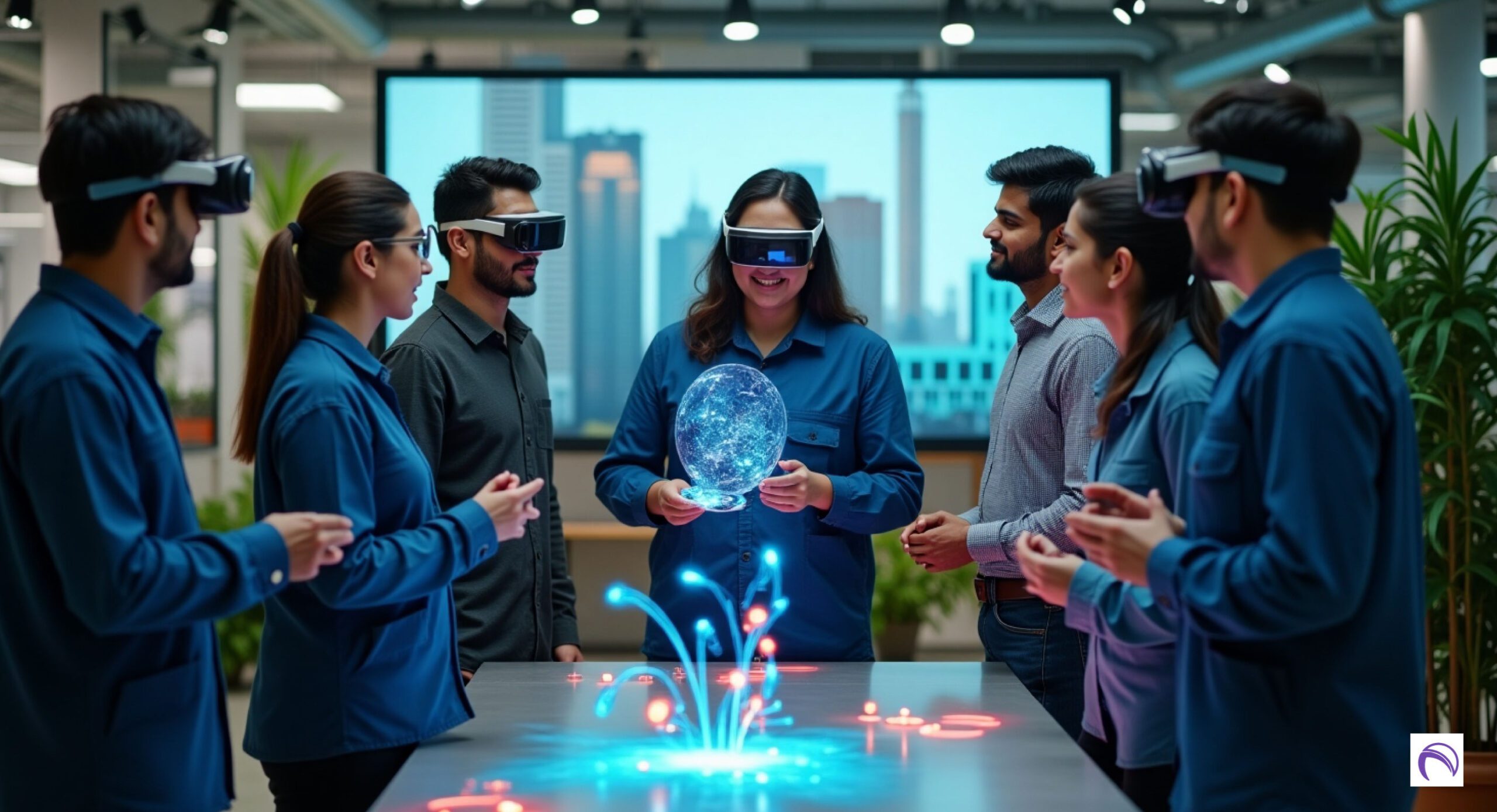

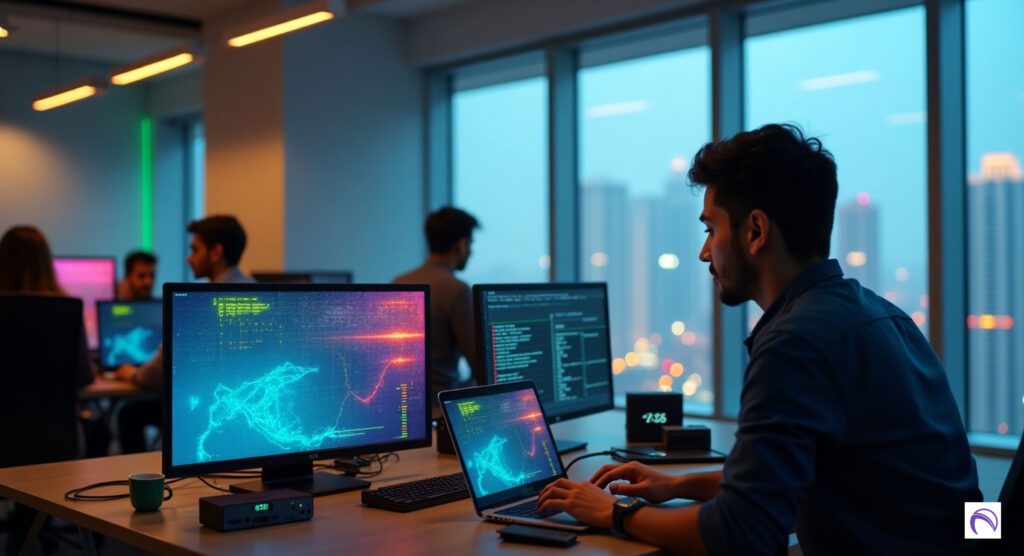


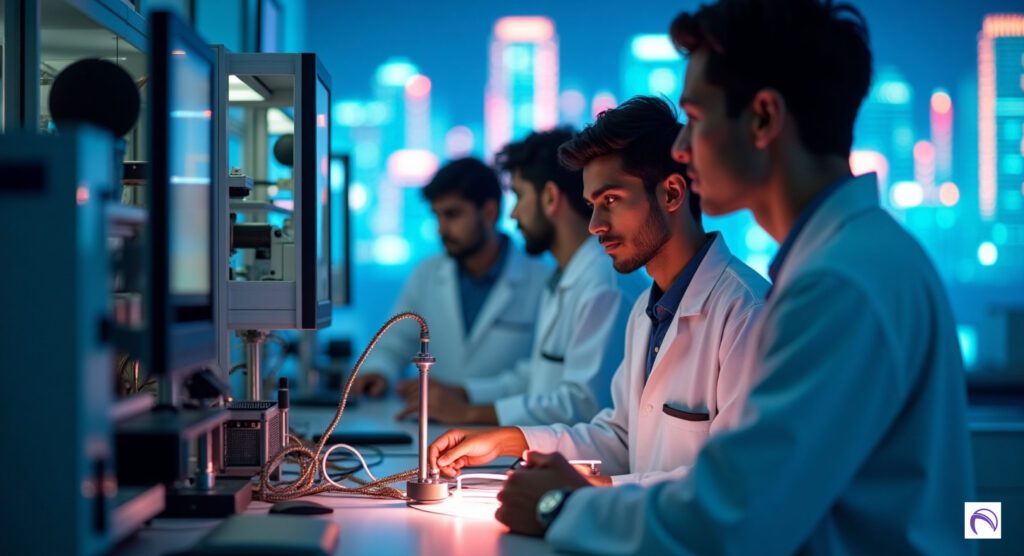
1 thought on “Manufacturing Spatial Computing Applications in India 2025: Revolutionizing Industry”